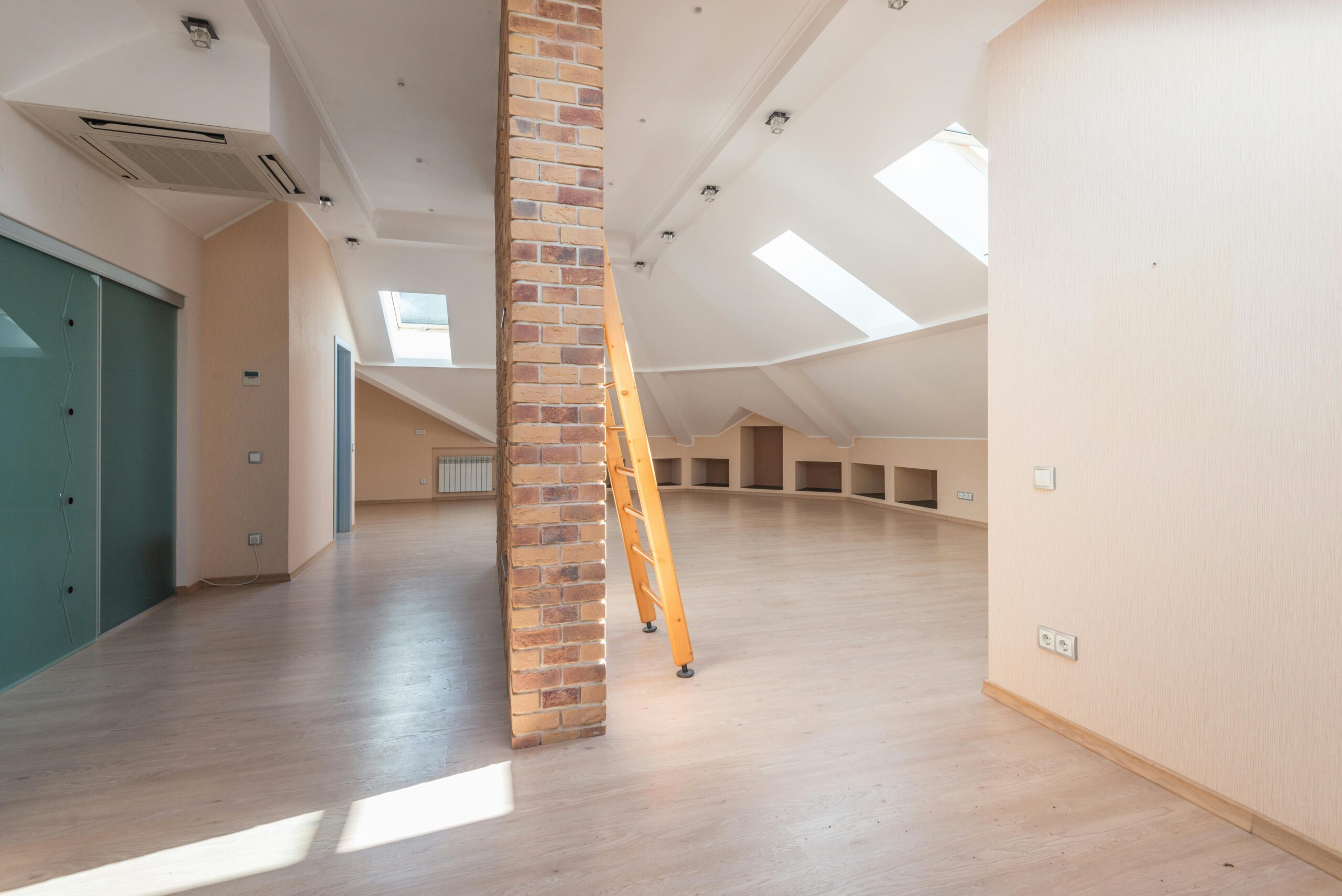Your roof is more than just shingles and tar paper—it’s an integrated system that relies on proper airflow to function effectively. Attic ventilation plays a crucial but often overlooked role in maintaining roof health and extending the lifespan of your entire home. When properly designed, a ventilation system creates a continuous flow of air that regulates temperature and humidity levels throughout your attic space. This article explores why proper roof airflow matters, how different vent types work together, and the problems that can arise when ventilation is inadequate.
Understanding Attic Ventilation Fundamentals
Proper attic ventilation creates a balanced system where fresh air enters through lower vents and exits through upper vents. This natural air movement, driven by thermal effects and wind, is known as the stack effect. The attic ventilation importance cannot be overstated as it serves multiple purposes throughout the year. During summer, proper roof airflow helps expel hot air that builds up in the attic, reducing the strain on your cooling system and preventing heat-related damage to roofing materials. In winter, ventilation helps maintain a consistent roof temperature, preventing snow melt and refreezing cycles that lead to damaging ice dams.
A well-designed ventilation system requires both intake and exhaust vents in the correct proportions. Building codes typically recommend a minimum of 1 square foot of net free ventilation area for every 150 square feet of attic floor space. This ratio ensures sufficient air movement to prevent the issues associated with stagnant attic air. When planning ventilation, roofing professionals consider your climate zone, roof design, attic size, and existing insulation to develop the optimal configuration.
The Soffit Ridge Vent System: Creating Efficient Airflow
The most effective attic ventilation typically combines soffit vents at the eaves with ridge vents running along the peak of the roof. This soffit ridge vent system creates ideal conditions for continuous air circulation. Soffit vents, located under the roof’s overhang, serve as intake points where fresh outside air enters the attic space. These vents come in various styles, including continuous (a single long vent) or individual (multiple small vents), and should remain unobstructed by insulation to function properly.
Ridge vents installed along the roof’s peak provide an exit point for warm, moist air. These vents work on the principle that warm air rises naturally to the highest point in the attic. Quality ridge vents feature external baffles that enhance airflow by creating a low-pressure area when wind passes over the roof. This passive system requires no electricity and operates continuously as long as airways remain clear. When properly installed, the soffit ridge vent system creates a uniform airflow pattern that ventilates the entire attic space without creating hot spots or dead zones.
Gable Vents and Supplemental Ventilation Options
While the soffit ridge vent system is considered optimal for many homes, other ventilation methods can complement or substitute this approach depending on your roof design. Gable vents, installed in the triangular wall sections at the ends of the roof, provide another option for air exchange. These vents work best when installed on opposite ends of the attic to promote cross-ventilation. However, mixing gable vents with ridge vents can sometimes create competing airflow patterns that reduce overall efficiency.
For homes with limited soffit space or unique architectural features, power vents may provide a solution. These electrically-powered fans actively pull air through the attic space, although they increase energy consumption and introduce potential points of failure. If your home presents ventilation challenges, consulting with a ventilation professional through AskHomey can help identify the most effective approach for your specific situation.
Preventing Moisture Damage and Ice Dams Through Ventilation
One of the primary benefits of proper attic ventilation is roof health moisture control. Without adequate airflow, humidity from everyday activities like cooking, bathing, and even breathing can migrate into the attic and condense on the underside of the roof deck. This persistent moisture creates ideal conditions for mold growth, wood rot, and deterioration of insulation. Over time, these issues can compromise structural integrity and create costly repair situations.
In colder climates, the prevent ice dams ventilation connection becomes particularly important. Ice dams form when heat escaping from the home melts snow on the roof, which then refreezes at the colder eave edges. This ice buildup prevents proper drainage and can force water under shingles, leading to leaks and interior damage. Proper ventilation helps maintain a consistent roof temperature, significantly reducing the risk of ice dam formation by preventing the initial snow melt cycle.
Long-Term Benefits of Investing in Proper Ventilation
The investment in proper attic ventilation pays dividends through extended roof life, reduced energy costs, and fewer maintenance issues. Shingles exposed to excessive heat from a poorly ventilated attic often deteriorate faster, sometimes reducing their effective lifespan by years. Proper airflow helps maintain temperatures closer to the manufacturer’s design specifications, allowing roofing materials to perform as intended for their full expected life.
Beyond roof preservation, proper ventilation contributes to overall home efficiency by reducing the workload on heating and cooling systems. During summer months, a well-ventilated attic can be 20-30 degrees cooler than one with inadequate airflow, significantly reducing heat transfer to living spaces below. This temperature regulation translates to lower utility bills and increased comfort throughout the home.
For more tips and to connect with reliable home service professionals, follow AskHomey on Facebook and Instagram.



